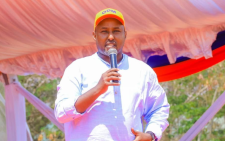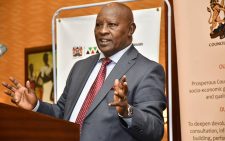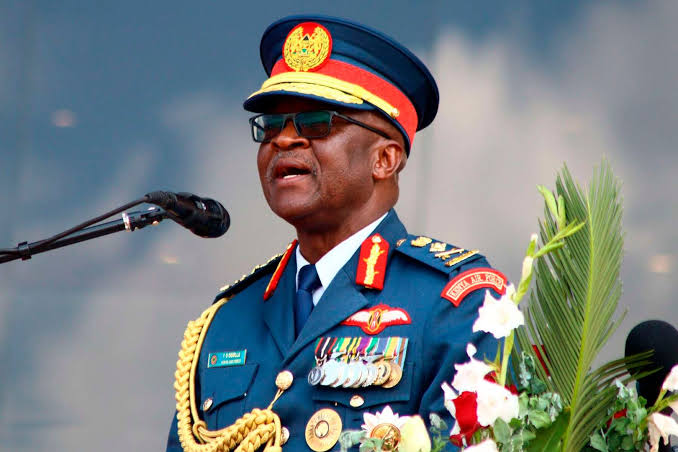Inside budget-making process in Kenya: Who and what is involved

Every year, the government through the National Treasury presents budget estimates (Budget Policy Statement) to Kenyans.
However, a majority of Kenyans are not aware o the budget estimates until they are presented in parliament in June.
According to the Public Finance Management Act, 2012, the National Treasury is tasked with the preparation and submission of the Budget Policy Statement (BPS) to parliament by February 15 every year year.
The BPS sets out the broad strategic priorities and policy goals that will guide the national government and county governments in preparing their budgets both for the following financial year and over the medium term.
The BPS includes an assessment of the current state of the economy and the financial outlook over the medium term, including macro-economic forecasts, the financial outlook with respect to government revenues, expenditures and borrowing for the next financial year and over the medium term, the proposed expenditure limits for the national government, including those of parliament and the judiciary and indicative transfers to county governments, the fiscal responsibility principles and financial objectives over the medium term including limits on total annual debt and fiscal risk statement.
Here’s the budget-making process in Kenya;
Initiation
The budget-making process starts in August every year, when the National Treasury Cabinet Secretary issues a circular to all national government entities outlining the guidelines for preparing the budget.
The circular includes a schedule for the budget preparation including key dates, procedures for the review and projection of revenues and expenditures and procedures for public participation.
Planning and data collection
After the process is initiated, each government ministry and department is required to gather data on their anticipated revenue and expenditure requirements, including costs for development projects and operational needs.
The data is then coalesed and by September 30, the National Treasury submits the budget review and outlook paper (Brop) to the cabinet for approval.
The Brop is then tabled in the parliament by October 21 and should be made public not later than November 5.
Public participation
Public input is actively sought through consultations, forums, and submissions to ensure the budget aligns with the priorities of citizens.
Using the collected data and public feedback, the National Treasury prepares a draft budget, specifying proposed revenue sources and expenditure allocations across various sectors.
Cabinet approval
The draft budget is then submitted to the cabinet for review, discussion, and final approval in January.
Parliamentary presentation
The budget estimates and debt management strategy which have been approved by the cabinet are presented to parliament for further examination, debate, and potential amendments before being finalized.
The presentation should be done on or before February 15.
The national budget estimates will then be tabled by April 30 in the National Assembly.
The finance bill which sets out the revenue-raising measures will also be tabled before parliament by April 30.
Public hearings
In May, parliament starts public hearing sessions on budget estimates and the finance bill before it is passed and later signed into law by the president.
Treasury CS then presents the budget statement in parliament highlighting the revenue-raising measures in the finance bill.
The parliament then votes to pass or reject the two. If approved, the budget is implemented throughout the fiscal year, with regular monitoring to ensure spending aligns with the allocated funds.
Author
Francis Muli
Francis Muli is a passionate digital journalist with over seven years of experience in crafting compelling stories across various platforms. His major focus is in business, politics and current affairs. He brings a keen eye for detail and a commitment to uncovering the truth. He has contributed to leading publications across the country. When not chasing stories, you can find Muli exploring new technologies, attending local events, or reading fiction. Connect with Francis Muli on X @FMuliKE and Facebook (Francis Muli) to follow his latest stories and insights.
View all posts by Francis Muli
















